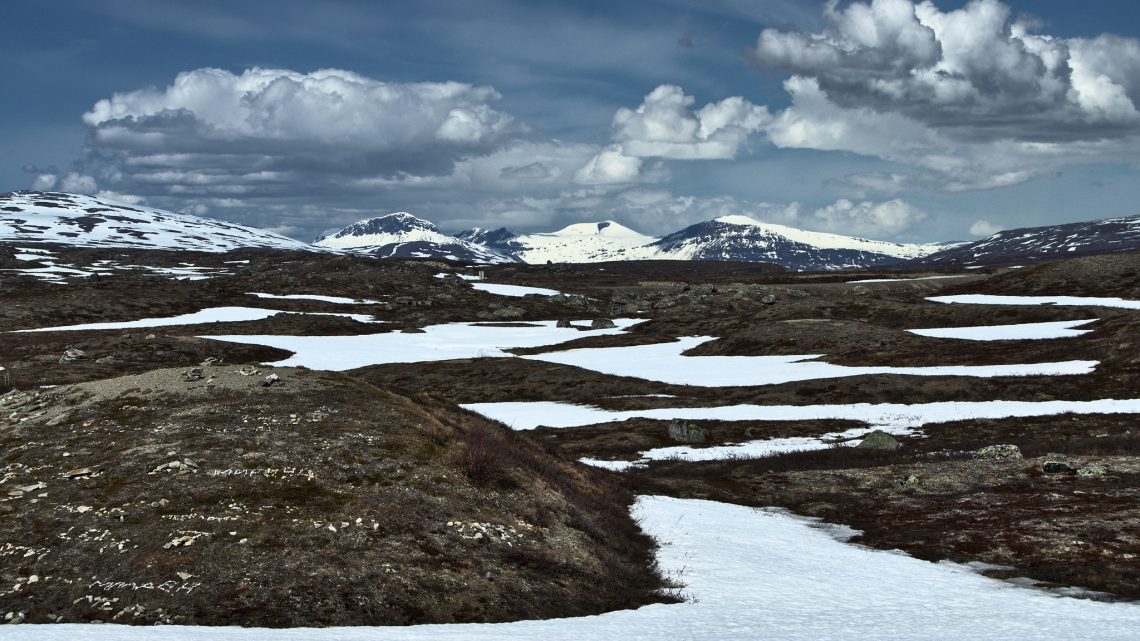
‘Unprecedented’ Wildfires Burned Across the Arctic Circle In June
July 4, 2019Across the Arctic, more than 100 wildfires are releasing clouds of carbon dioxide and other harmful emissions into the atmosphere.
The fires have been burning across the Arctic Circle in Siberia and Alaska for weeks. Though fire is a natural part of some Arctic ecosystems, scientists are calling the wildfires “unprecedented” for the month of June based on their size and carbon dioxide emissions.
"These are some of the biggest fires on the planet, with a few appearing to be larger than 100,000 hectares," Thomas Smith, professor of geography at the London School of Economics, said in an email. “The amount of CO2 emitted from Arctic Circle fires in June 2019 is larger than all of the CO2 released from Arctic Circle fires in the same month from 2010 through to 2018 put together.”
In Alaska alone, there have already been 369 wildfires this year, burning through 648,489 acres. New ones are igniting every day, contributing to the 115 still burning as of Tuesday. With hot, dry conditions, Alaska is expecting more wildfires throughout the month. In the hope of preventing any new burns, Alaska has instituted a fireworks ban across much of the state and offers an interactive map of current wildfires.
Mark Parrington, a senior scientist working on wildfire emissions at the European Center for Medium-Range Weather Forecasts, said in an email that in June 2019 Arctic wildfires released 50 megatons of carbon dioxide. In the first couple days of July, he said, the Arctic Circle has already released 4.5-5 megatons of CO2.
"The [Global Fire Assimilation System] data shows that typically fires in the Arctic Circle occur in July and August, so it has been unusual to see fires of this scale and duration in that part of the world in June," Parrington said.
As the climate crisis continues to exacerbate extreme weather events and natural disasters, we've come to expect news of huge fires burning through the American West. It seems counterintuitive that massive wildfires have hit these icy landscapes. Some wildfires in the Arctic are normal, but extreme temperatures and rapid warming are creating out-of-control blazes.
“Not only are fuels getting drier and more flammable under warmer conditions, but in many places increasing shrub cover has the potential to increase fire activity,” Merritt Turetsky, professor at the University of Guelph, said in a Twitter direct message. “These ecosystems have the potential to release carbon that is [hundreds] to many [thousands] of years old under extreme burning conditions."
With hotter, drier summers, these fires are easy to start—lighting or sparks from a campfire could easily ignite dry vegetation. In Alaska, some of these fires can be fought by firefighting teams. However, others are too far removed from civilization to combat. That means they won’t hit communities, but it also means they’ll continue to grow unfettered, Smith said.
Wildfires don’t need to ravage communities to affect humans, however. The smoke doesn’t stay put—ECMWF scientists have tracked smoke from Canadian wildfires moving all the way across the Atlantic, for example. The fires in the Arctic burn through carbon-rich peat soil, releasing stored carbon and contributing to a feedback loop that makes it get hotter and hotter.
This warming effect of climate change makes wildfires in the Arctic more likely, Smith said, as the Arctic is warming faster than the rest of the planet. June 2019 was the hottest on record, scientists announced this week, and climate change made the massive and deadly heat wave hitting Europe five-to-100 times more likely to occur.
“In this remote part of the planet, fires are far more a function of climate change rather than changes in land management, due to the very low population density in the Arctic Circle," Smith said.


